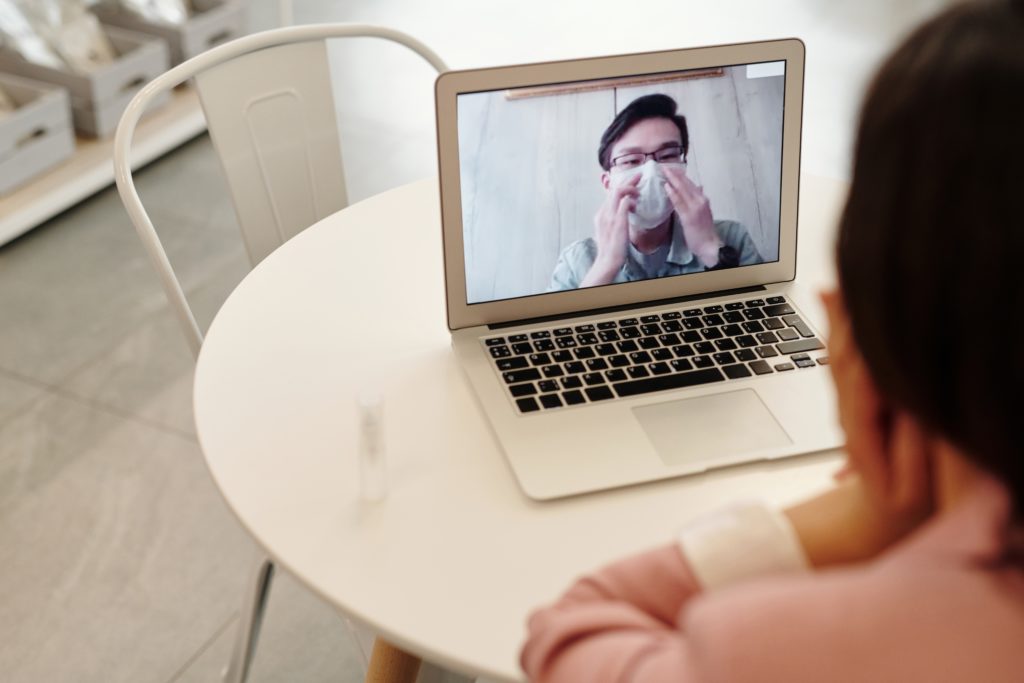IRS Section 139 Qualified Disaster Relief Payments and Coronavirus
As the impact from the COVID-19 pandemic intensifies, employers around the United States are looking for ways to provide relief from the outbreak’s financial burden on employees. One option available for employers from Section 139 of the Internal Revenue Code (the Code) is the Qualified Disaster Relief Payment program. In general, payments made by an employer to, or for the benefit of, an employee must be included in the employee’s gross income and cannot be treated as a nontaxable gift. However, Section 139 allows employers to provide qualified disaster relief payments to their employees free of income and employment taxes (Social Security, Medicare and federal unemployment taxes). A qualified disaster relief payment includes any amount paid by an employer to, or for the benefit of, an employee to reimburse or pay “reasonable and necessary” personal, family, living or funeral expenses incurred as a resultof a qualified disaster.. Qualified Disaster Relief Payments Section 139 was enacted in the aftermath of the September 11 terrorist attacks. This provision applies only when a qualified disaster occurs. When triggered, Section 139 overrides the general requirement to include payments to employees as gross income and allows employers to provide direct financial assistance to employees impacted by a qualified disaster without adverse tax consequences. Qualified disaster relief payments are not treated as taxable income or wages for the employees and enable employers to deduct those payments as ordinary and necessary business expenses. As a result, these payments are not included in an employee’s Form W-2 or a worker’s Form 1099. The Code does not place a limit on how much an employer may pay its employees on a tax-free basis. Rather, the guideline for disaster relief payments is that the reimbursable expenses associated with the disaster must be “reasonable and necessary” and not “compensated for by insurance or otherwise.” Payments are not subject to nondiscrimination testing. However, Code Section 139(h) denies “double benefits,” with the likely result that self-employed individuals and other owner-employees may find their tax deductions limited if they are actually a recipient of a qualified disaster relief payment. Qualified Disasters Disaster relief payments must be linked to a qualified disaster. A qualified disaster includes: The result of a terrorist or military action (as defined in Code section 692(c)(2)); A disaster declared by the federal government (as defined by Code section 165(i)(5)(A)); Catastrophic accidents involving a common carrier; and Disasters that warrant assistance from a federal, state or local government agency. Reimbursable Expenses A qualified disaster relief payment includes any amount paid: To reimburse or pay reasonable and necessary personal, family, living or funeral expenses incurred as a result of a qualified disaster; To reimburse or pay reasonable and necessary expenses incurred for the repair or rehabilitation of a personal residence or repair or replacement of its contents to the extent that the need for such repair, rehabilitation, or replacement is attributable to a qualified disaster; By a person engaged in the furnishing or sale of transportation as a common carrier by reason of the death or personal physical injuries incurred as a result of a qualified disaster; or To promote general welfare, but only to the extent the payment is: Paid by a federal, state or local government agency; and Not otherwise compensated by insurance. Qualified disaster relief payments exclude: Payments for expenses that are otherwise covered by insurance or other reimbursements; or Income replacement payments, such as the payment of lost wages, lost business income and unemployment compensation. Relief Payments and COVID-19 Typically, during a natural disaster, reimbursable expenses include expenses related to repairing or rebuilding housing, temporary housing and personal living expenses. While the IRS has not issued specific guidance on the type of expenses that may be reimbursed tax-free in the context of the COVID-19 national pandemic (as compared to a natural disaster), reimbursable expenses must continue to be related to reasonable necessities. What is reasonable and necessary may take many forms during the coronavirus pandemic and may include: Medical expenses not covered by insurance (for example, copays, deductibles, over-the-counter medicines, cleaning supplies); Alternative commuting means in lieu of mass transit; Caregiver and domestic service expenses; Expenses associated with setting up or maintaining a home office such as enhanced internet connections, computer monitors, laptops, printers or office supplies (even if such expenses would not otherwise satisfy the home office deduction requirements); Expenses incurred for child care and tutoring services; Expenses to enhance mental health and physical well-being, such as meditation apps and home health fitness; Funeral expenses; Housing for additional family members (for example, transportation and living expenses for college students returning home, including duplicative meal expenses); and Increased expenses associated with being quarantined at home (for example increased utilities and home office expenses, as discussed below). Plan Documentation Section 139 does not require employers to make disaster relief payments under a plan document. In addition, due to the extraordinary circumstances surrounding a qualified disaster, employees are not required to account for actual expenses in order to qualify for the exclusion, provided that the amount of the payments can be reasonably expected to be commensurate with the expenses incurred. However, employers that choose to provide these tax-free benefits should consider implementing administrative procedures to validate their payments. Administrative procedures can be as simple as: Providing a form that must be submitted to request payment; Requiring an employee’s affirmative statement indicating that the requested funds are necessary for the expenses associated with the qualified emergency; and Obtaining confirmation that the expenses are not reimbursable by insurance. If a plan is adopted and implemented, employers should also consider communicating the availability of this benefit to their employees, as well as any applicable eligibility criteria. As usual, employers should be cautious with these types of communications and should reserve the right to modify, amend and terminate the program at their discretion.
IRS Section 139 Qualified Disaster Relief Payments and Coronavirus Read More »











